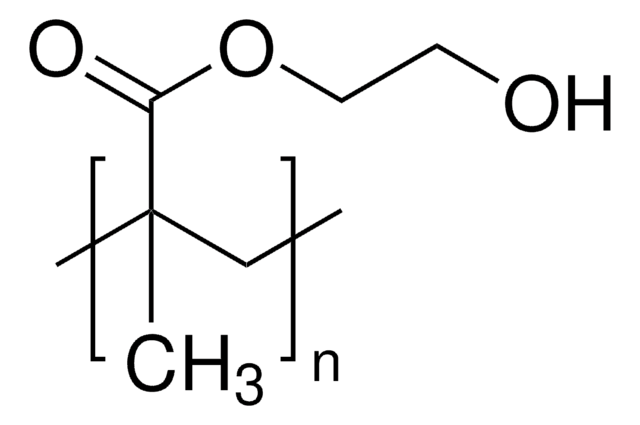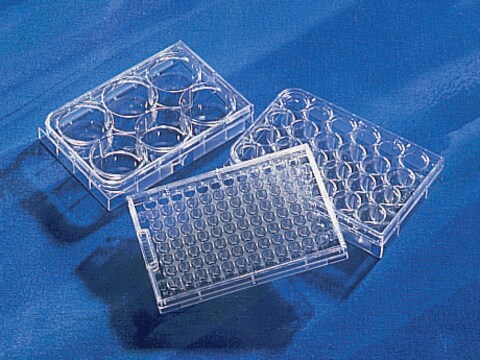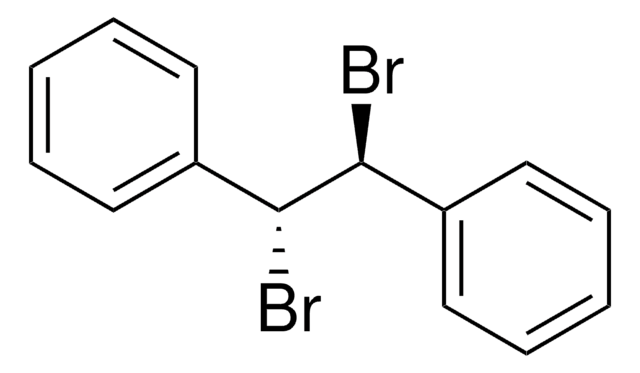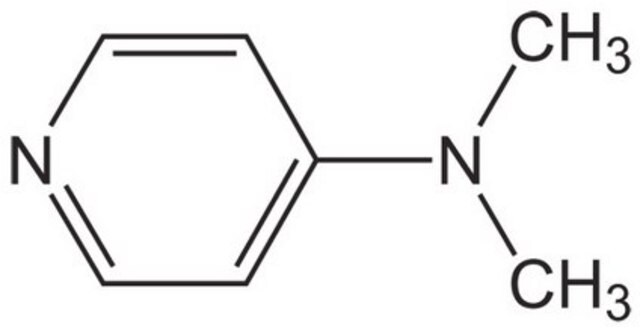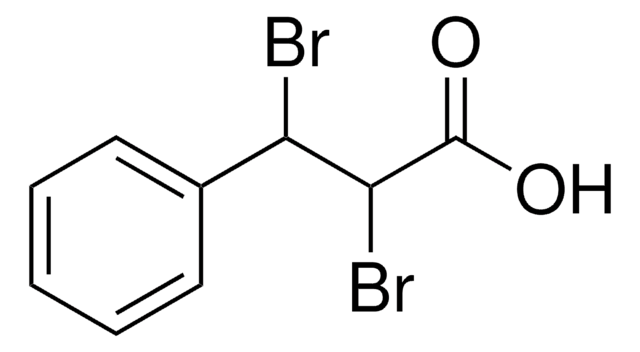MABS2282
Anti-SIRPA Antibody, clone MY-1
Sinónimos:
Tyrosine-protein phosphatase non-receptor type substrate 1;SHP substrate 1;SHPS-1;Brain Ig-like molecule with tyrosine-based activation motifs;Bit;CD172 antigen-like family member A;Inhibitory receptor SHPS-1;MyD-1 antigen;Signal-regulatory protein alpha-
About This Item
Productos recomendados
origen biológico
rat
Nivel de calidad
conjugado
unconjugated
forma del anticuerpo
purified antibody
tipo de anticuerpo
primary antibodies
clon
MY-1, monoclonal
mol peso
calculated mol wt 56.14 kDa
observed mol wt ~95 kDa
purificado por
using protein G
reactividad de especies
mouse
envase
antibody small pack of 100 μL
técnicas
flow cytometry: suitable
immunofluorescence: suitable
immunoprecipitation (IP): suitable
inhibition assay: suitable
western blot: suitable
isotipo
IgG2aκ
secuencia del epítopo
Unknown
Nº de acceso Protein ID
Nº de acceso UniProt
Condiciones de envío
dry ice
modificación del objetivo postraduccional
unmodified
Información sobre el gen
mouse ... Sirpa(19261)
Descripción general
Especificidad
Inmunógeno
Aplicación
Evaluated by Western Blotting in Mouse brain tissue extracts.
Western Blotting Analysis: A 1:500 dilution of this antibody detected SIRPA in Mouse brain tissue extracts.
Tested applications
Flow Cytometry Analysis: A representative lot detected SIRPA in Flow Cytometry applications (Verjan Garcia, N., et al. (2011). J Immunol. 187(5):2268-77; Yanagita, T., et al. (2017). JCI Insight. 2(1); e89140).
Immunofluorescence Analysis: A representative lot detected SIRPA in Immunofluorescence applications (Verjan Garcia, N., et al. (2011). J Immunol.;187(5):2268-77; Yanagita, T., et al. (2017). JCI Insight. 2(1):e89140).
Inhibition Assay: A representative lot inhibited the growth of subcutaneously transplanted cancer cells in murine models. (Yanagita, T., et al. (2017). JCI Insight.;2(1):e89140; Sakamoto, M., et al. (2022). Proc Natl Acad Sci USA.;119(1)e2109923118).
Immunoprecipitation Analysis: A representative lot immunoprecipitated SIRPA in Immunoprecipitation applications (Verjan Garcia, N., et al. (2011). J Immunol. 187(5):2268-77; Yanagita, T., et al. (2017). JCI Insight. 2(1):e89140).
Western Blotting Analysis: A representative lot detected SIRPA in Western Blotting applications (Verjan Garcia, N., et al. (2011). J Immunol. 187(5):2268-77; Yanagita, T., et al. (2017). JCI Insight. 2(1):e89140).
Note: Actual optimal working dilutions must be determined by end user as specimens, and experimental conditions may vary with the end user
Forma física
Almacenamiento y estabilidad
Otras notas
Cláusula de descargo de responsabilidad
¿No encuentra el producto adecuado?
Pruebe nuestro Herramienta de selección de productos.
Código de clase de almacenamiento
12 - Non Combustible Liquids
Clase de riesgo para el agua (WGK)
WGK 2
Punto de inflamabilidad (°F)
Not applicable
Punto de inflamabilidad (°C)
Not applicable
Certificados de análisis (COA)
Busque Certificados de análisis (COA) introduciendo el número de lote del producto. Los números de lote se encuentran en la etiqueta del producto después de las palabras «Lot» o «Batch»
¿Ya tiene este producto?
Encuentre la documentación para los productos que ha comprado recientemente en la Biblioteca de documentos.
Nuestro equipo de científicos tiene experiencia en todas las áreas de investigación: Ciencias de la vida, Ciencia de los materiales, Síntesis química, Cromatografía, Analítica y muchas otras.
Póngase en contacto con el Servicio técnico